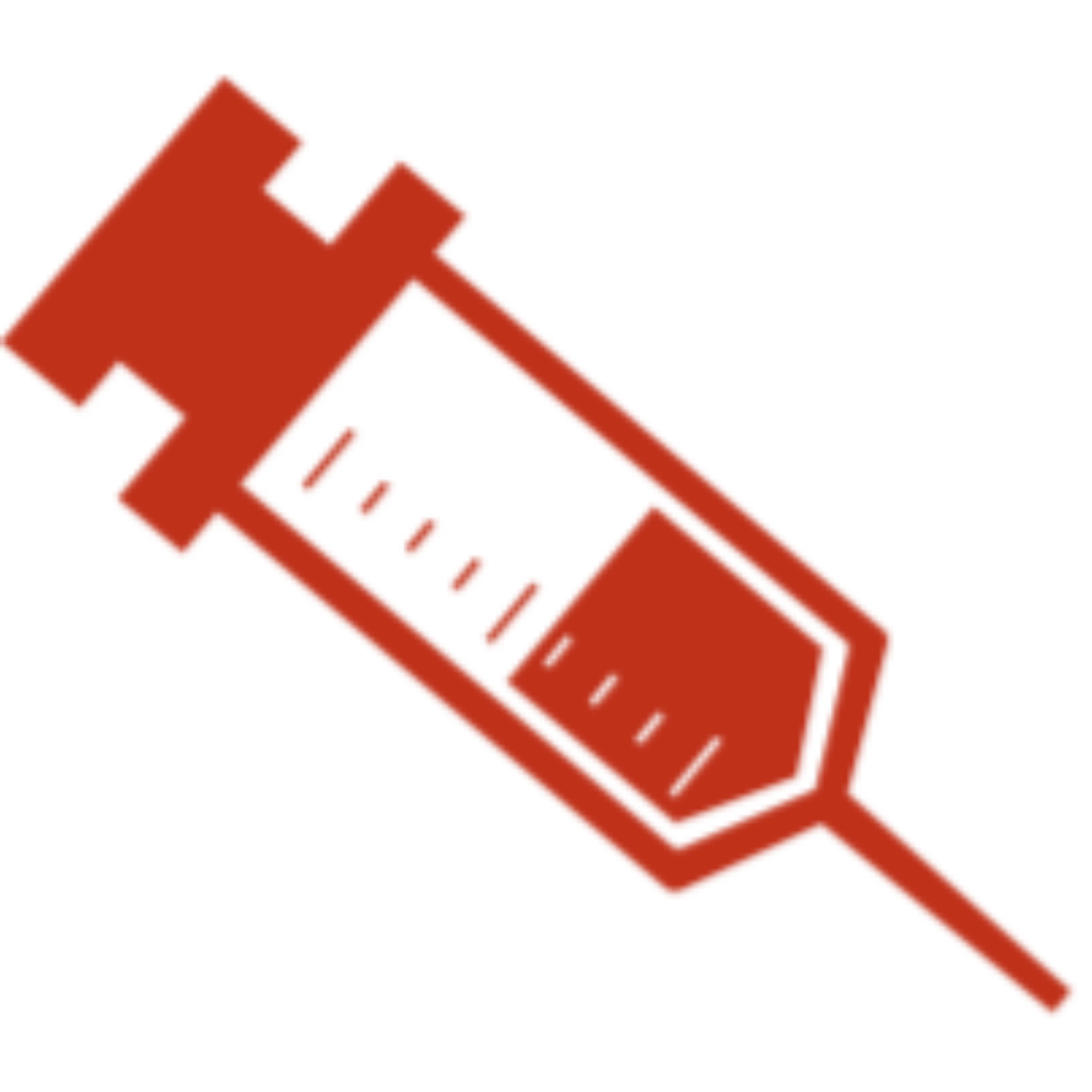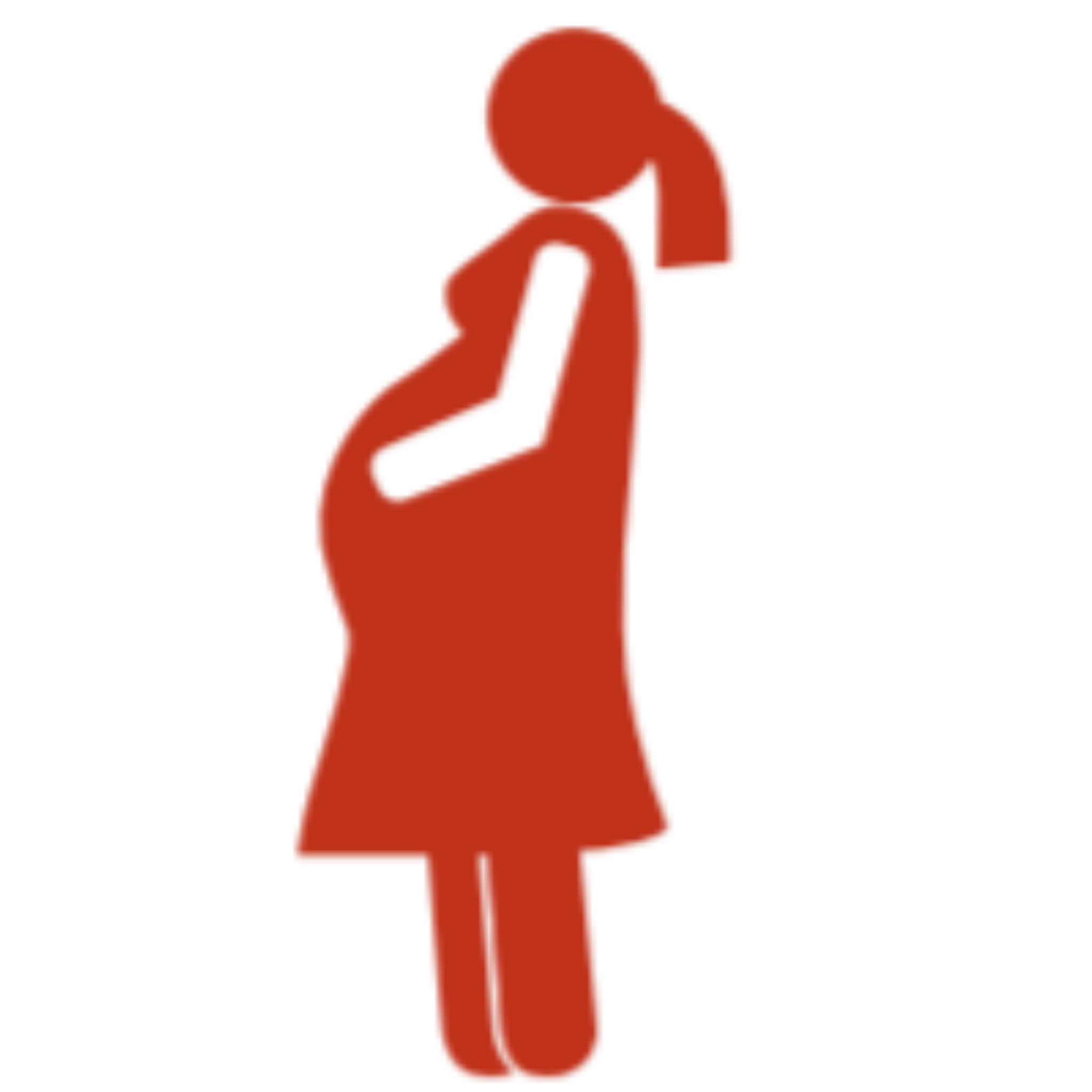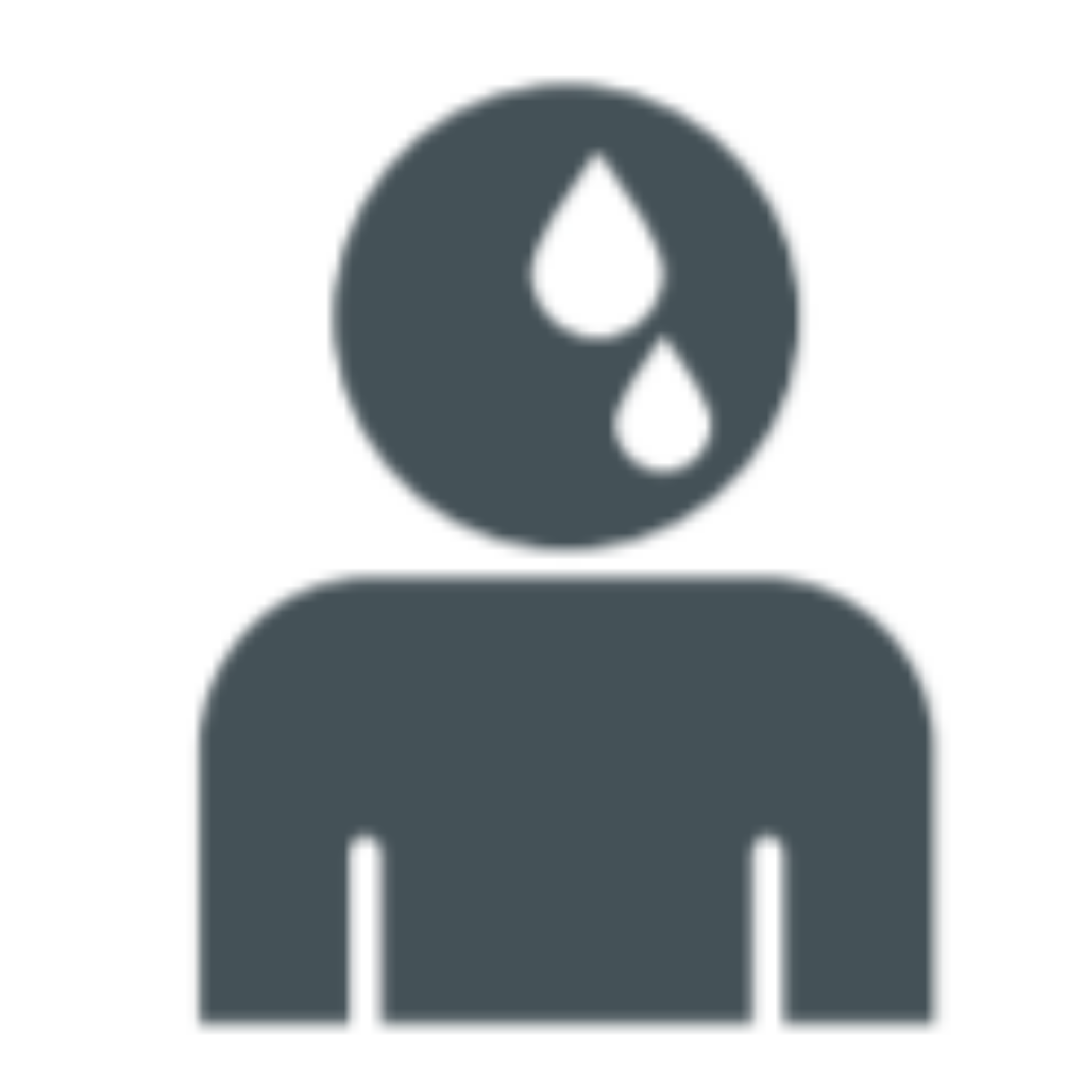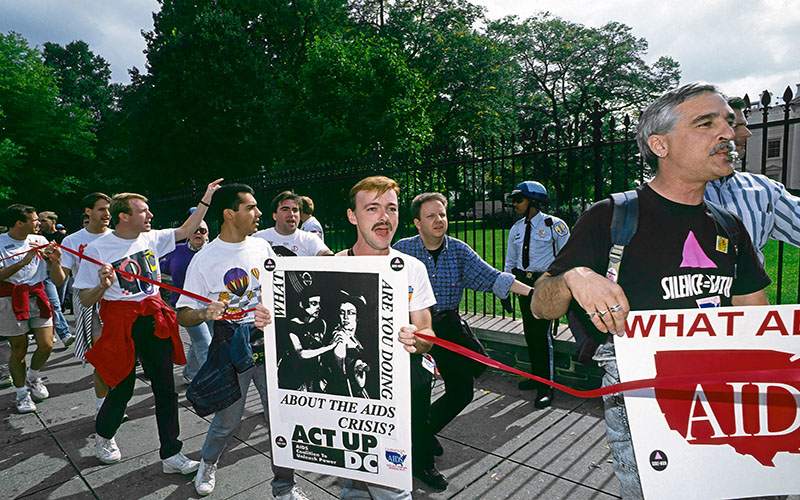HIV 101
The community of those living with or vulnerable to HIV is vast, diverse and strong. So too is the work being done to ensure each person has the treatment, support and resources they need.
Without treatment, HIV can make a person very sick and even cause death. With treatment, a person living with HIV can live a long and healthy life. Treatment also has another benefit: prevention. A person living with HIV who is on treatment and has an undetectable viral load cannot sexually transmit HIV. Undetectable = untransmittable, or U=U.
Learning the basics about HIV can keep you healthy and prevent transmission.
HIV can be transmitted by

Sexual contact

Sharing needles to inject drugs

Mother to baby during pregnancy, birth or breastfeeding
HIV is NOT transmitted by

Air or water

Saliva, sweat, tears or closed-mouth kissing

Insects or pets

Sharing toilets, food or drinks
Protect yourself from HIV
- Get tested at least once or more often if you are at risk.
- Use condoms the right way every time you have anal or vaginal sex.
- Choose activities with little to no risk like oral sex.
- Limit your number of sex partners.
- Don’t inject drugs, or if you do, don’t share needles or works.
- Ask your health care provider if PrEP (preexposure prophylaxis) is right for you.
- If you think you’ve been exposed to HIV within the last three days, ask a health care provider about PEP (postexposure prophylaxis) right away. PEP can prevent HIV, but it must be started within 72 hours.
- Get tested and treated for other STDs.
Keep yourself healthy and protect others if you are living with HIV
- Find HIV care. It can keep you healthy and greatly reduce your chance of transmitting HIV. Reaching an undetectable viral load means you cannot pass the virus along to anyone. Undetectable = Untransmittable, U=U.
- Take your medicines the right way every day.
- Stay in HIV care.
- Tell your sex or drug-using partners that you are living with HIV.
- Use condoms the right way every time you have sex, and talk to your partners about PrEP.
- Get tested and treated for other STDs
Basic terms and facts
The practice of addressing race-based inequities and dismantling the systemic white supremacy built into our institutions and organizations.
Prevention
PEP is a medicine taken after a potential exposure to HIV. It must be started within 72 hours of a possible exposure.
PrEP is a medicine taken by people vulnerable to HIV to prevent acquiring the virus from sex or injection drug use.
A person with an undetectable viral load cannot transmit HIV. The amount of virus, as determined by a laboratory test, in someone’s blood is called a viral load. When a person living with HIV takes their HIV medicines as prescribed, they can reach a point when their viral load is not detectable by those laboratory tests. While reaching an undetectable viral load has other health benefits for the person, treatment is also a form of prevention.




